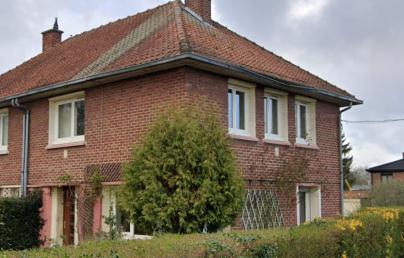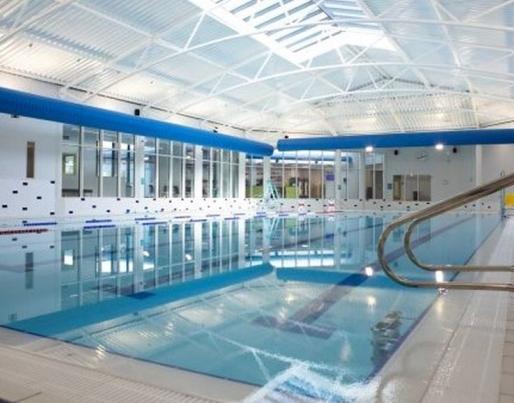
Major retrofit of a leisure centre in Western Ireland

Major retrofit of a leisure centre in Western Ireland
A major retrofit intervention has allowed to transform an 1960 leisure centre building into a A-rated building with Nearly-Zero Energy Building (NZEB) status. Innovative energy systems and materials have improved efficiency, lowered costs and reduce the building´s footprint.
The Tipperary Energy Agency has completed a successful retrofit of the Lahinch Leisure Centre in Co. Clare, Ireland, improving conditions for customers and decreasing both emissions and costs for managers.
The leisure centre which sits on Ireland’s Atlantic coast was first constructed in 1960. With poor insulation, single glazed windows, and inefficient lighting, it was cold to use and costly to run. In 2018, an initial building survey by Tipperary engineers concluded a Building Energy Rating (BER) of E. Following a two-year retrofit project, the leisure centre is now an A-rated building with Nearly Zero Energy Building (NZEB) status, and saves both energy and costs while keeping warm.
“The leisure centre was extremely difficult to heat. Customers complained that all pools and the changing rooms were cold. It was uncomfortable for customers to change and swim in that environment. The business itself was unable to sustain the cost of trying to heat the facility.” - Eoin Conlon, Lahinch Leisure Centre Manager
Retrofitting efficiency
The first step was to insulate the cavity and external walls, as well as the doors, floors, roof, and windows. A new Smart LED lighting system replaced old, inefficient fixtures, and operates using occupancy detection and daylight sensing systems to further increase efficiency. Furthermore, a 137kW solar PV system was installed on the roof and shall store any excess production in a 30kWh battery system.
The retrofit also included the introduction of a geothermal heat pump to heat the pool areas, in conjunction with a 300kW biomass boiler to serve 3 new air handling units throughout the facility.
The above installations resulted in a dramatic transformation in the centre’s energy usage. Prior to the upgrade, the centre consumed energy at an annual rate of 1707kWh per m2; that figure now sits at a rate of 315kWh per m2. From a financial perspective, the improvement is obvious, too: the facility that had run costs of €194,000 per year for oil and electricity is now forecast to spend only €85,000 per year – a cost reduction of 56%. Moreover, the centre has reduced CO2 emissions by 55%.
100% recycled plastic
Another innovative feature of the new energy system is that all the ductwork in the building – the system which transports heat and ventilation – was constructed using 100% recycled materials. Tipperary Energy Agency, the architects and engineers of the upgrade, co-financed this novel feature which is made from 3,717 recycled plastic bottles.
Find more information here.